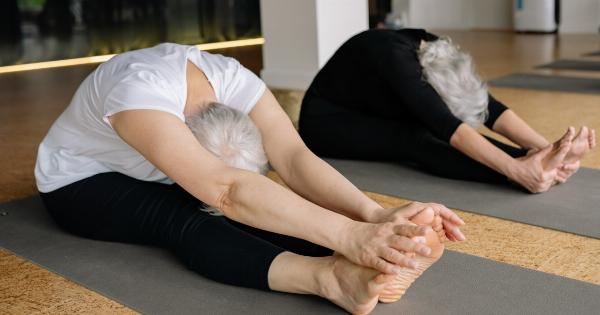Female incontinence is a common problem, affecting women of all ages. It is characterized by an inability to control urination, resulting in involuntary leakage or loss of bladder control.
The condition has a significant impact on quality of life and can cause embarrassment and social isolation for those affected.
What Causes Incontinence?
Incontinence can be caused by a range of factors, including pregnancy and childbirth, menopause, obesity, and nerve and muscle damage. Certain medications, such as diuretics and sedatives, can also contribute to the problem.
Types of Incontinence
There are two main types of incontinence: stress incontinence and urge incontinence.
Stress incontinence is the most common form and occurs when the pelvic muscles that support the bladder are weakened or damaged, making it difficult to control the flow of urine during physical activity or coughing/sneezing. Urge incontinence is caused by sudden, intense urges to urinate, often with little warning, and can be brought on by certain triggers such as running water or the sound of a key in the door.
Treatment Options
The good news is that incontinence can be managed effectively, and a range of treatment options are available. These include:.
1. Lifestyle Changes
Simple lifestyle changes such as reducing fluid intake, avoiding caffeine and alcohol, and losing weight can help reduce the frequency and severity of incontinence.
Maintaining a healthy diet and exercise routine can also help to strengthen the pelvic muscles and improve bladder control.
2. Pelvic Floor Exercises
Also known as Kegel exercises, these involve contracting and relaxing the muscles that support the pelvic floor. Regular pelvic floor exercises can improve muscle tone and strengthen the bladder and urethra, reducing the occurrence of leaks.
Instructions for performing pelvic floor exercises can be found online or from a healthcare practitioner.
3. Medication
Medications such as anticholinergics and beta-3 agonists can help to relax the bladder and reduce the frequency and severity of incontinence.
These medications should only be used under the guidance of a healthcare professional and may have side effects.
4. Medical Devices
In some cases, a device such as a urethral insert or pessary may be used to support the bladder and reduce leaks. These devices should only be used under the guidance of a healthcare professional and require careful maintenance and monitoring.
5. Surgery
In more severe cases, surgery may be recommended to correct underlying problems such as organ prolapse or bladder obstruction.
Surgical options may include sling procedures or artificial urinary sphincters, and all carry risks and require careful consideration and consultation with a healthcare professional.
Coping Strategies
Living with incontinence can be challenging, but there are strategies that can help to manage the condition and improve quality of life. These may include:.
1. Using Incontinence Products
There is a range of incontinence products available, including pads, liners, and absorbent underwear, that can help to manage leaks and reduce embarrassment.
These products should be chosen based on individual needs and preferences and may be covered by insurance.
2. Planning Ahead
Incontinence can be unpredictable, so it is important to plan ahead and be prepared for leaks.
This may involve carrying spare clothing or incontinence products, choosing clothing that is easy to change, and avoiding situations where leaks may be particularly embarrassing.
3. Seeking Support
Living with incontinence can feel isolating, but it is important to seek support from friends, family, and healthcare professionals. Emotional support and advice can help to reduce anxiety and improve confidence and self-esteem.
Conclusion
Female incontinence is a common problem, but it is not inevitable, and there are a range of effective treatment options available.
By adopting lifestyle changes, performing pelvic floor exercises, and seeking medical advice when necessary, women can manage this condition and live life to the fullest.































